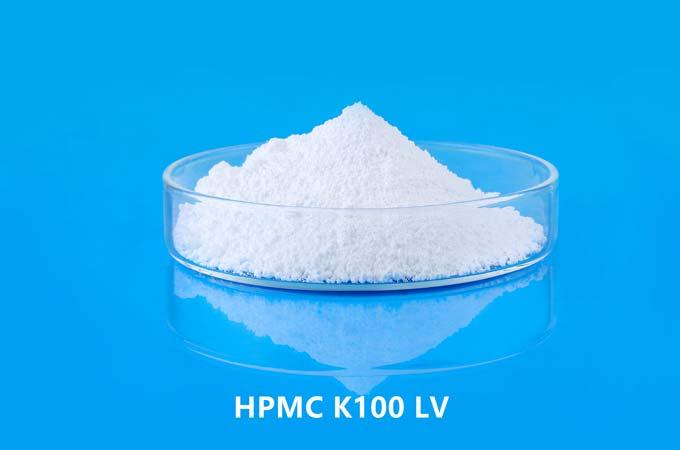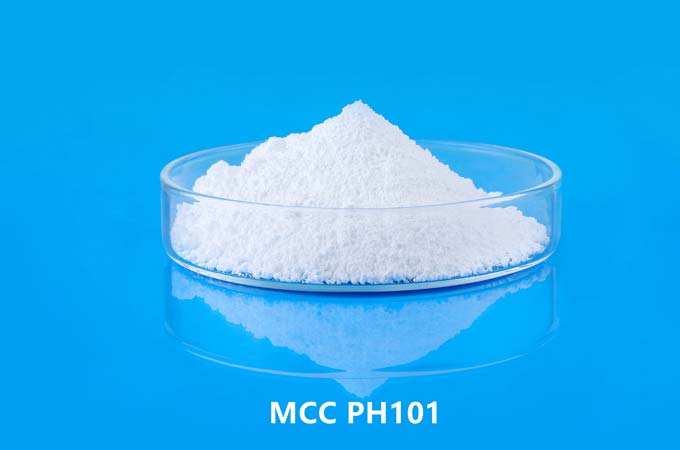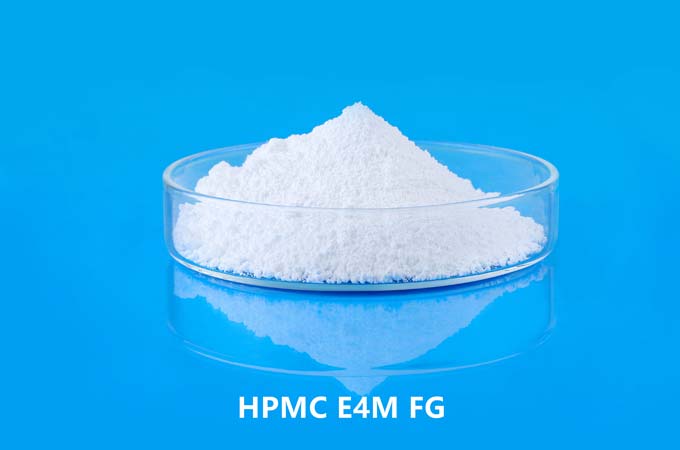Hydroxypropyl methylcellulose (HPMC) is a non-ionic cellulose ether with good water retention, thickening, adhesion and film-forming properties. It is widely used in building materials, especially in gypsum-based materials. As an important additive, HPMC significantly improves the construction performance and use effect of gypsum products.
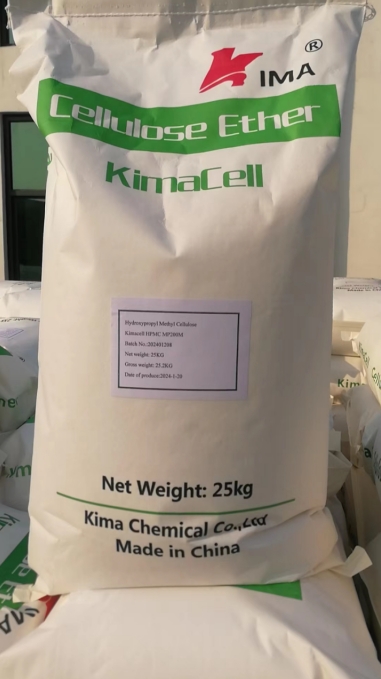
1. Basic characteristics of HPMC
HPMC is a water-soluble polymer made by chemically modifying natural polymer materials (such as cotton or wood pulp). Its main properties include:
Strong water retention: It can prevent water from evaporating rapidly during construction and increase the working time of the material.
Thickening: Improve the consistency and flow properties of the material, making construction more convenient.
Good adhesion: Enhance the adhesion between the material and the base surface.
Excellent film-forming property: After drying, it can form a tough film and improve crack resistance.
2. Current status of gypsum application in construction
As a common building material, gypsum is widely used in plastering, leveling, partition boards, prefabricated components, etc. According to the use, gypsum is mainly divided into building gypsum (β-gypsum), high-strength gypsum (α-gypsum) and anhydrous gypsum. Gypsum has the advantages of light weight, fire resistance and easy construction, but it also has defects such as short initial setting time, shrinkage cracking and poor crack resistance. Therefore, in order to improve the performance of gypsum products, a variety of admixtures are usually added, and HPMC is one of the key ingredients.
3. The main role of HPMC in gypsum materials
3.1. Improve construction performance
HPMC can significantly improve the fluidity and lubricity of gypsum mortar, making construction easier and smoother. Especially in manual plastering or spraying operations, it can effectively reduce construction resistance and improve construction efficiency.
3.2. Extend the operable time
Gypsum has a fast hydration reaction speed and a short initial setting time, which is not conducive to large-scale construction. HPMC has excellent water retention properties, which can slow down the evaporation of water, extend the open time and operable time of gypsum, and thus improve construction flexibility.
3.3. Improved adhesion
The film formed by HPMC between gypsum and the substrate can enhance the interfacial adhesion between the two, prevent mortar from falling off, and improve the stability of the overall structure.
3.4. Prevent cracking and powdering
Gypsum is prone to cracking when it dries too quickly, and HPMC can effectively reduce the risk of shrinkage and cracking by controlling the evaporation rate of water. At the same time, it can also prevent the surface from powdering due to lack of water and improve the surface quality.
3.5. Enhanced anti-sagging performance
In vertical surface or ceiling construction, gypsum slurry is easy to slide down, and the thickening effect of HPMC can improve the anti-sagging ability and make the gypsum better adhere to the wall.
4. Performance of HPMC in different gypsum application fields
4.1. Gypsum plaster mortar
HPMC improves its adhesion and water retention, avoids powdering due to excessive water absorption of the base layer, and improves the construction quality.
4.2. Self-leveling gypsum
Self-leveling has high requirements for fluidity and controllable setting time. HPMC can control the initial setting time while maintaining good fluidity, thereby improving the construction effect.
4.3. Gypsum-based caulking agent and sealant
In the treatment of gypsum board joints, HPMC provides excellent adhesion and crack resistance, prevents joint cracking, and improves the durability of the finish.
4.4. Prefabricated gypsum components
HPMC can improve the integrity and surface quality of prefabricated parts during demoulding, reduce defects and pores.
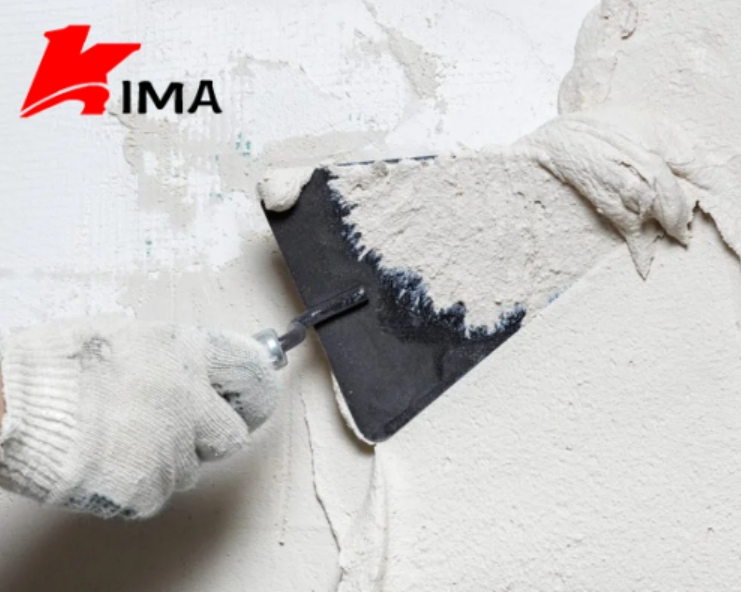
5. Usage recommendations and precautions
5.1. Dosage control
The addition amount of HPMC is generally between 0.1% and 0.5%. Too high will delay the setting and strength development, while too low will not achieve the modification effect. It should be reasonably adjusted according to the specific purpose.
5.2. Mixing order
It is usually recommended to pre-dry mix HPMC in gypsum powder, and then add water and stir to ensure that it is fully dissolved and evenly distributed.
5.3. Variety selection
HPMC with different viscosities and substitution degrees is suitable for different processes and environments, and the appropriate model should be selected according to specific product requirements.
As an important additive for gypsum building materials HPMC has greatly improved the construction performance, durability and overall quality of gypsum materials due to its excellent water retention, thickening and film-forming properties. With the trend of green building and efficient construction, the application of HPMC will become increasingly widespread. In the future, with the continuous advancement of technology, its compounding and functional modification will further promote the development of gypsum materials in the construction industry.
 English
English 日本語
日本語 français
français Deutsch
Deutsch Español
Español italiano
italiano русский
русский português
português العربية
العربية Türkçe
Türkçe Nederland
Nederland


